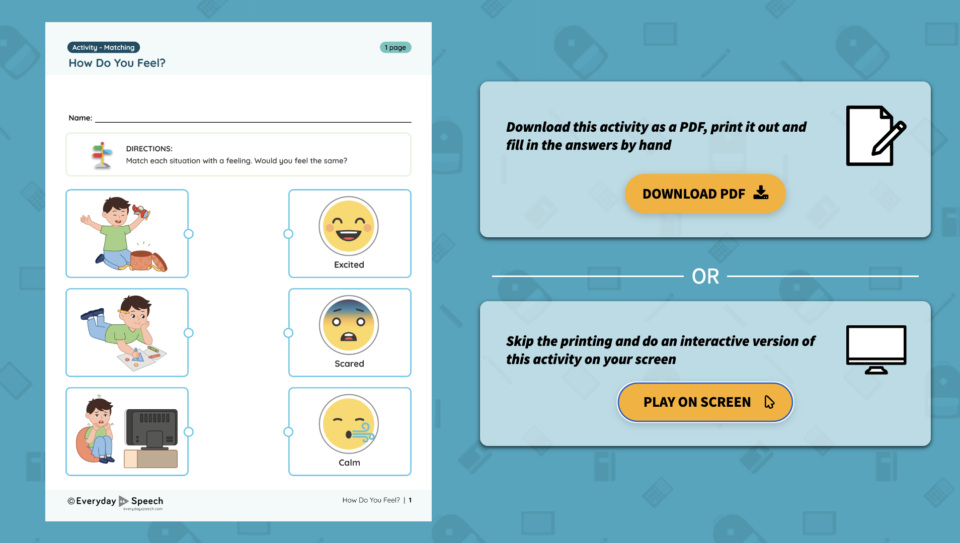
In the landscape of early childhood education, fostering empathy is just as critical as teaching the ABCs. Empathy, the ability to understand and share the feelings of another, is a skill that benefits children throughout their lives. For educators looking to cultivate a classroom environment where respect, understanding, and emotional intelligence flourish, here are strategies and steps tailored specifically for Pre-K and Kindergarten students.
Understanding Empathy: A Foundation for Social Skills
Before diving into activities and lesson plans, let’s talk about the importance of empathy in early education. Empathy lays the groundwork for building strong interpersonal relationships, resolving conflicts, and developing a sense of moral responsibility towards others. For young learners, empathy training is about recognizing emotions in themselves and others, valuing diverse perspectives, and responding with kindness and understanding.
Strategies for Teaching Empathy
Model Empathetic Behavior
Children learn a great deal from observing the adults around them. Demonstrate empathy in your interactions with students and colleagues. Use moments of conflict or misunderstanding as teachable moments.
Emotion Identification
Start with helping children recognize and name their own emotions. This can be as simple as incorporating feelings into your daily routine, asking children how they feel at different points of the day, and acknowledging a wide range of emotions as normal.
Storytime with a Twist
Use storytelling to explore empathy. Choose books that illustrate various perspectives and ask questions like, “How do you think [character] felt?” or “What would you do if you were in [character’s] shoes?” Encourage discussion and draw parallels to real-life situations.
Role-Playing
Through role-play, children can step into someone else’s shoes. Set up scenarios that require students to act out different emotions or perspectives. This could involve pretending to be a friend who lost a toy or a character from a story they’ve read.
Empathy Circles
Create a safe space where students can express their feelings and learn to listen to others. This can be structured as a circle time activity where each child gets a turn to speak about how they feel or a time when they felt a strong emotion, while others practice listening quietly.
Lesson Plan: Understanding and Respecting Feelings
Objective: Students will learn to identify their own feelings and recognize feelings in others. They will practice showing respect for different perspectives and demonstrate flexibility in thinking and behavior.
Materials Needed: “How Do You Feel?” worksheet, a comfortable space for circle time.
Duration: 35 minutes
Activities:
Warm-Up Discussion (10 minutes):
Start the lesson with a casual conversation about feelings.
Ask open-ended questions like, “What makes you happy?” “Can you think of a time you felt sad?” “How can we tell if someone is feeling upset?”
This discussion sets the tone for the lesson, making students comfortable with expressing their emotions.
“How Do You Feel?” Worksheet (10 minutes):
Distribute the “How Do You Feel?” worksheets to the students.
Assist the children in completing the worksheet, encouraging them to reflect on feelings and the reasons behind these emotions.
Empathy Circle (10 minutes):
Gather the students in a circle for a group discussion. This setting encourages openness and mutual respect.
Invite students to share their answers from the worksheet, focusing on why they think they or others might feel a certain way in the given scenarios.
Encourage active listening, with students reflecting back what they heard their peers say, fostering an understanding of diverse perspectives.
Reflection (5 minutes):
Conclude the lesson by asking students to think about what they learned during the activities.
Discuss how understanding and caring about others’ feelings can make the classroom a happier place for everyone.
Highlight the importance of expressing one’s own feelings in a healthy way and offering support to others.
Interactive Worksheet “How Do You Feel?”
Unlock your free material for this lesson by signing up for your free trial today – no credit card required!
Get your free materials here!
Instant access to thousands of no-prep social skills activities, over 1000 video lessons, and engaging games designed to enhance learning and development.
Conclusion
Teaching empathy through simple, everyday activities can have a profound impact on young students, equipping them with the emotional skills needed to navigate their social worlds with kindness, understanding, and respect. By incorporating empathy education into the classroom routine, educators can play a crucial role in shaping compassionate and emotionally intelligent individuals.
Sample Video
Students learn best from watching real students their own age model skills. Try out this sample video lesson. We offer our entire Social-Emotional Learning platform free for 14 days here!
Related Blog Posts:
Perspective Taking Goal Poster
Teaching Empathy Worksheet for Preschoolers











